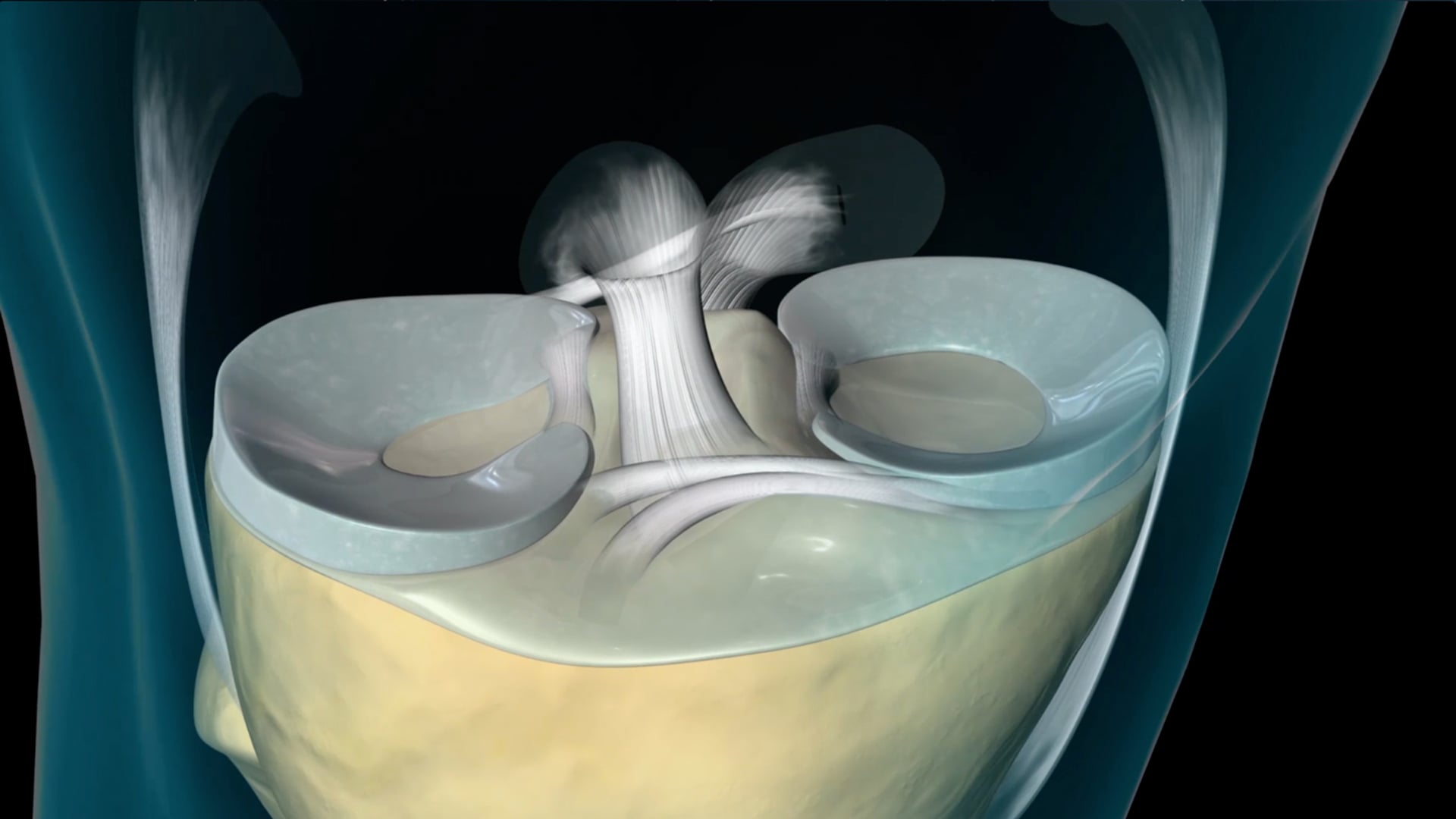Knee arthroscopy is used to treat a range of problems in the knee joint that haven’t responded to other treatments.
Knee arthroscopy involves the use of a keyhole camera, known as an arthroscope, to look inside your knee joint. As the surgical instruments are very thin, the incisions are very small (only 1–2cm). These small incisions allow for faster recovery, a better cosmetic result and less post-operative pain.
It’s used for a range of knee injuries and problems, including:
Cruciate ligament repair
This is usually done when the ligament has broken off from the bone but is still intact. The ligament is reattached to the bone and held in place. If the ligament is only partially torn the surgeon may sew it back together so it can heal.
Cruciate ligament reconstruction
This surgery involves replacing your torn cruciate ligament with graft tissue. The graft can be created from soft tissues around your own knee or from donor tissue. If other structures in the knee have been damaged, such as the meniscus, they’re repaired at the same time.
Meniscus repair
The surgeon will remove any debris (torn bits of cartilage) in your knee and sew up tears in the meniscus. The aim is to preserve as much of the cartilage as possible. If the tear is unrepairable, the torn fragment may be removed – this is known as ‘meniscectomy’.

Chrondroplasty
Chrondroplasty is performed to smooth out or remove torn pieces of cartilage. After the cartilage is smoothed out or removed, small holes may be created in the underlying bone to stimulate growth of new cartilage. This is known as ‘microfracture.’
Removal of loose fragments
Sometimes a bone fragment may cause pain and affect your ability to move your knee. If so, the fragment can be removed arthroscopically.
Excision or release of tight structures (lateral retinacular release)
Removal or release of tight tissues on the side of your kneecap (where the thigh muscle attaches to the outside of the kneecap) can help improve its movement and relieve pain over the kneecap.
Other procedures
Other reasons knee arthroscopy may be performed include treating infections or removing inflamed synovial tissue (a thin layer that lines the joint and produces lubricant to help it move smoothly).







